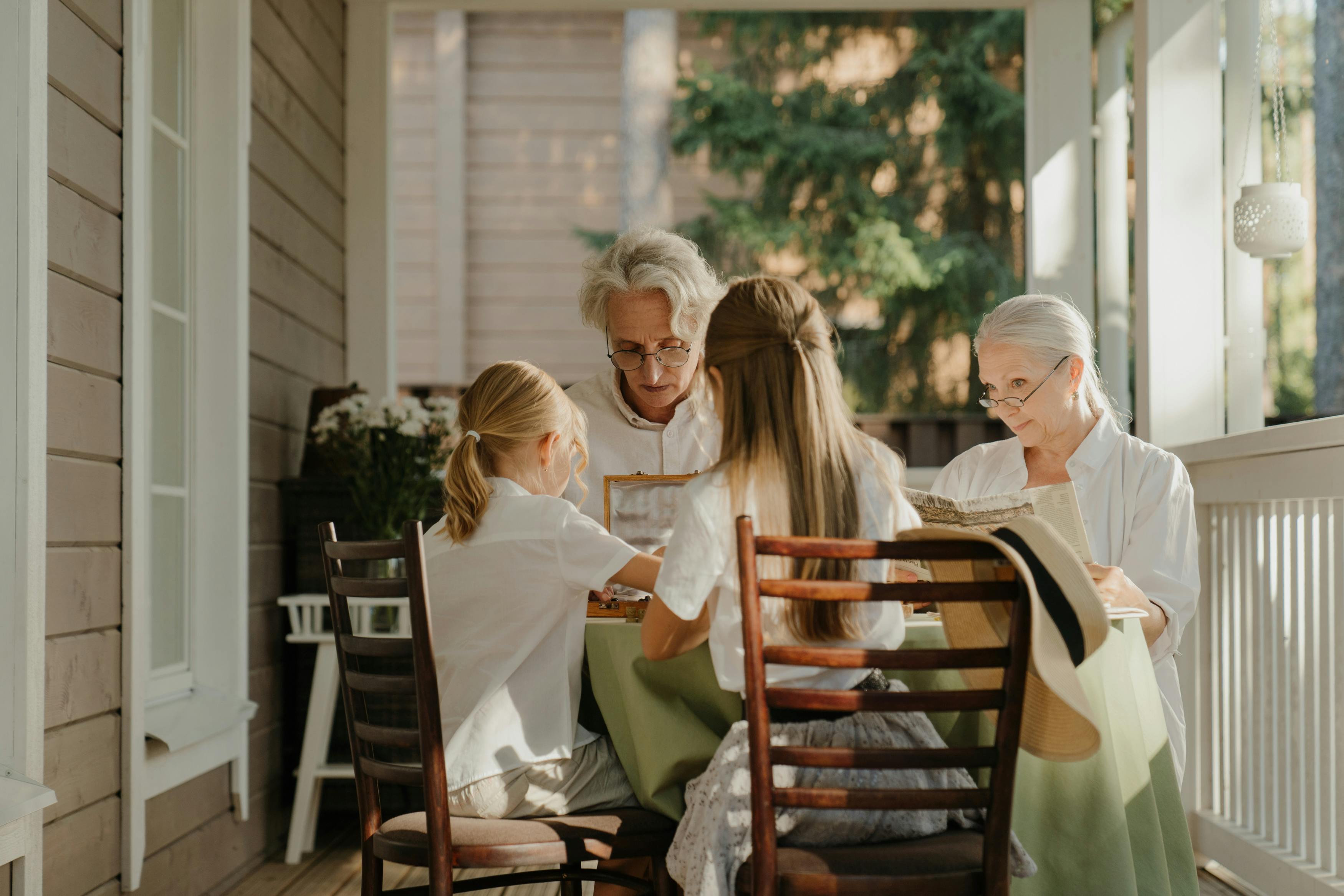Pubic lice are a frustrating problem, not only because of the itchiness and aggravation, but also because of continual unsuccessful attempts to get rid of the problem. Treatments for pubic lice do not always work, sometimes it is the treatment itself and other times it is the methods of application. So let’s take a look at some of the top reasons genital lice eradication fails and see ways to overcome these issues.
Pubic lice have developed resistance to some products and insecticides.
Products that primarily contain the chemicals Permathin, Pyrethrins, Malathion, and Lindane are becoming less effective at killing pubic lice because certain lice colonies or strands have developed resistance to these insecticides. Lice that are immune or partially immune to these chemicals will not have physical differences in their appearance, so it is very difficult to know whether or not a certain chemical treatment will work. If the lice are still moving after treatment, it is advisable to change treatments (perhaps a natural remedy) and reapply immediately. Many manufacturers of these products are increasing the potency of the active ingredient to overcome this problem; however, this can create problems and side effects for a user with sensitive skin conditions or eczema.
Pubic Lice Can Survive Light Applications
A pubic lice treatment will only have a chance to work effectively if the product comes into full contact with the parasite. Lack of exposure to the product can occur in two ways. Not applying enough product and / or not leaving the product long enough. To eliminate this as the cause of a failed treatment, be sure to saturate each hair from tip to root and always leave the product on for at least the recommended time, longer if possible. Make sure to comb out tangled hair first, as this will provide bags of protection for the parasite or its eggs.
Pubic lice eggs (nits)
Female crabs lay eggs that are commonly known as nits. It is extremely difficult for any treatment to guarantee a 100% death rate for all lice eggs in an infestation. Female lice lay 2-3 eggs per day (attached to the hair) that take about a week to hatch. These babies (nymphs) develop into reproductive adults in about 15 days. Therefore, any eggs that survive the first treatment will hatch and continue the life cycle and infestation. It is extremely important to reapply the product 7 days after the first treatment to kill any remaining lice before they reach the reproductive stage. It is also important to comb the area with a nit comb repeatedly right after treatment to remove as many eggs as possible.
Pubic Lice Reinfection
Once you’ve removed the infestation, you really need to attack the source to make sure it doesn’t return. The problem is in tracing the possible points of contact. Pubic lice are mainly contracted from sex with an infected partner or from infected bedding or clothing. Make sure your partner and / or sexual partners receive treatment and do not resume sexual intercourse until follow-up treatments are given. Also make sure all bedding and clothing are (if possible) sprayed with a diluted version of your treatment and then washed or soaked in extremely hot water (125o F)
Pubic lice treatment ease of use.
Finally, there are certain characteristics of the product itself that can limit its effectiveness. If a product smells very bad or is sticky, sticky and unwieldy, or itches and burns the skin when applied, the user experience may not lend itself to a comprehensive treatment. Many people have sensitive skin, and it does not become more sensitive than in the groin area and with it an aversion to harsh chemical treatments. With repeated doses, intense burning and inflamed rashes may occur. Use a treatment that is safe for your skin type. Suitability equals effectiveness.
So if you have a case of ‘luvbugs’, be sure to treat the infestation with attention to detail. You know how frustrating something that just won’t go away is !! Follow these simple tips and you should be pubic lice free in no time.
Remember that traditional chemical treatments are not for everyone. If you have eczema, asthma, dry skin, flaky skin, or any type of skin sensitivity, mild or not, I strongly suggest that you use a natural treatment made up of essential oils.
Neem oil and tea tree oil are the most common active ingredients. Neem oil can be as effective as any chemical on the market (it kills all parasites in the body in a few minutes) and is completely safe when used with a carrier agent such as jojoba or grapeseed oil. For a full prescription, visit http://www.pubicliceremedy.com
Good luck



